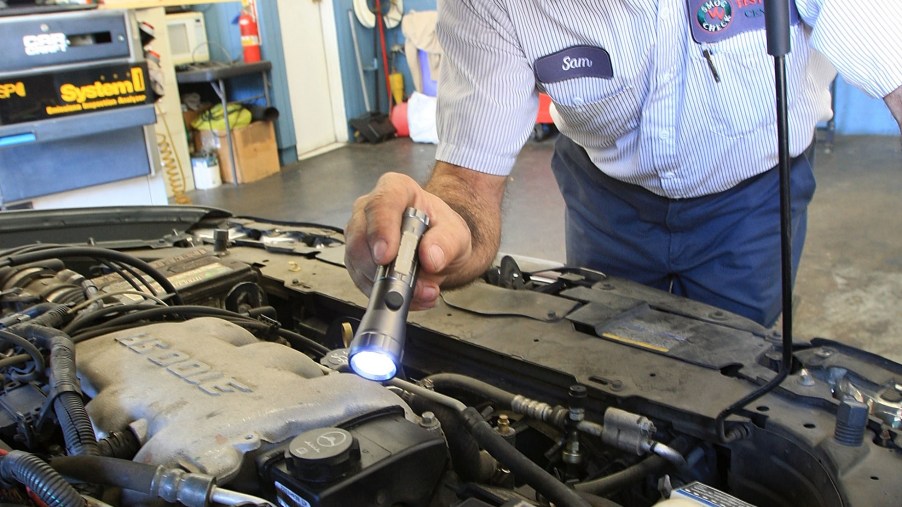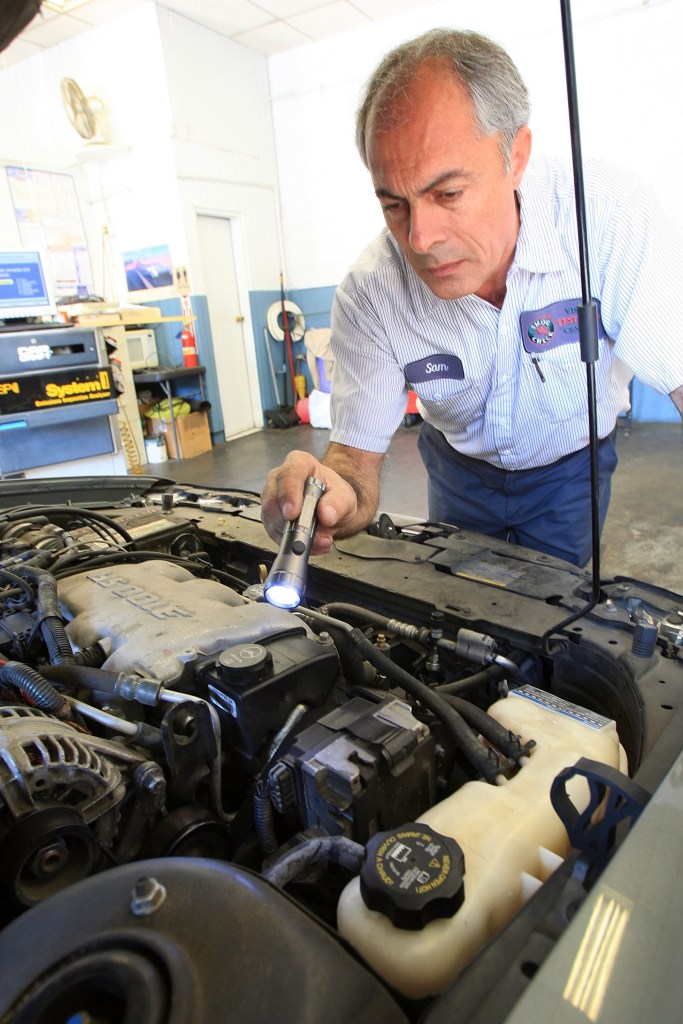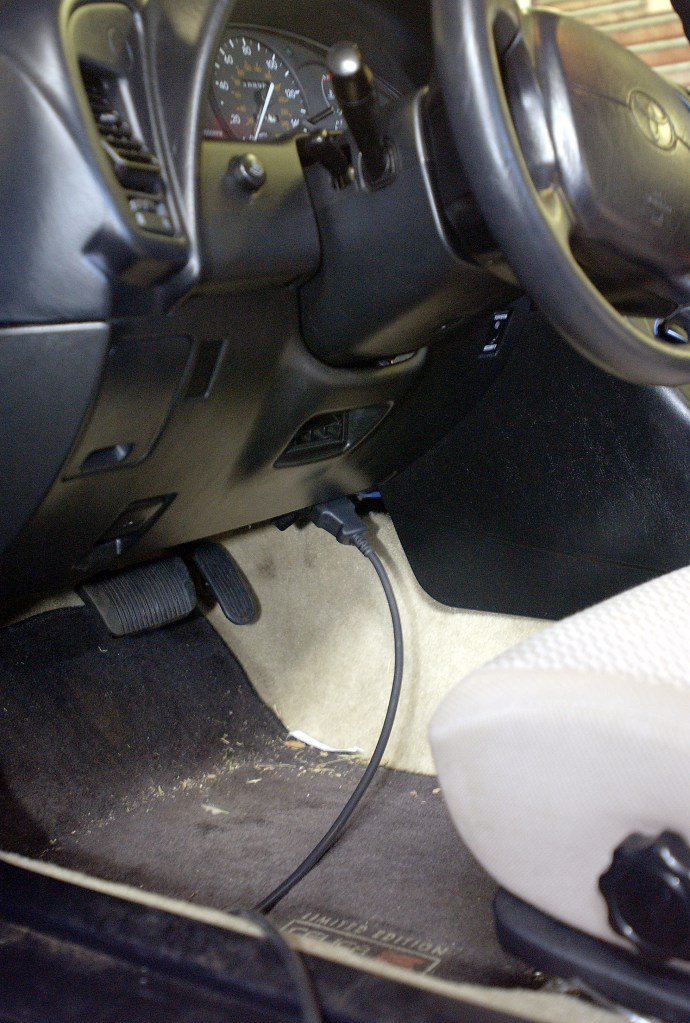
What Happens If Your Car Fails Its Emissions Test?
Emissions testing failure article highlights:
- A car can fail its emissions test if its exhaust system doesn’t pass a visual inspection and/or an OBDII reading reveals fault codes
- Some issues that cause emissions testing failures are repairable at home, but a failed test requires going to a certified mechanic to resolve
- Your car must pass if you want to keep using it legally on public roads
Even if you don’t live in California, you likely know that it has stricter emissions standards than the EPA. However, while tuned cars quiver at CARB’s rules, the Golden State isn’t the only state with emissions testing programs. Plus, modified cars aren’t the only ones that can fail emissions tests. As my relatives recently discovered, if you own a car long enough, odds are it will eventually fail a test. But that doesn’t mean you can’t do something about it.
Why did your car fail its emissions test?

It’s worth noting that emissions testing exists because internal combustion produces pollutants. Without catalytic converters and modern emissions controls, your car’s tailpipe would be spewing things like ozone, NOx, SOX, and carbon monoxide. These and similar pollutants are regulated by federal law and in high concentrations cause smog, acid rain, and numerous health problems. And if your state’s and/or city’s air quality isn’t good enough, it must test car emissions.
The emissions tests once involved analyzing the actual gases coming from your car’s tailpipe and checking your gas cap. Nowadays, though, at least initially, your car usually just gets a visual inspection and an OBDII test. The former checks for physical damage to your car’s exhaust system. Meanwhile, the latter sees an electronic tool hook into your car’s OBDII port to test its emissions-related electronic systems and check for faults. And while one or two small flaws won’t necessarily make your car fail, big problems will.
To fail the visual inspection, your car would need to have something like a broken or missing catalytic converter, or maybe a cracked exhaust pipe. Basically, anything that would cause unfiltered exhaust gases to spew into the surrounding air. Remember, emissions testing is about stopping cars from spewing poison.
As for the OBDII portion, an illuminated Check Engine Light is a big no-no. This can be anything from a faulty EGR valve to a broken O2 sensor or even a loose gas cap. But any major mechanical issue that causes your engine to run poorly and/or misfire will also make your car fail its emissions test. Broken spark plugs, clogged fuel injectors, failing PCV valves—all these things cause emissions test failures.
And if your car fails, you must fix it.
Can you fix your car so it passes?
The good news is that you can often catch these problems before you head to the emissions testing location. And at least some are easily fixable at home. You can change most cars’ PCV valves in a few minutes, for instance, while changing the spark plugs takes less than an hour. Plus, checking your gas cap takes literal seconds.
However, there’s a catch. If your car goes through the testing procedure and fails, you can’t fix it yourself. Instead, the technician prints off a form explaining why your car failed. Then, you must take it and your car to a certified emissions repair mechanic. The mechanic then signs off on the repair so you can go back and test your car again. So, if you can diagnose the issue and fix it beforehand, you might save some time and cash. But if you’re going to head down that route, it’s worth investing in an OBDII scanner.
On the plus side, you can re-test your car multiple times. And depending on where you live, if it still fails after multiple repairs, your state/city might throw you a bone. In my home state of Illinois, for example, a car that fails at least twice but is mechanically fine and at least $450 deep in non-tampering-related emissions repairs can get a test waiver. But check with your local air quality board first.
Also, side note, you might’ve heard that briefly disconnecting your battery can clear CELs so your car passes the tests. Well, that was true once upon a time, but not anymore. Once the technicians hook up the tools and check the systems, the codes come right back, Cars.com says.
What happens if you don’t fix a car that failed its emissions test?

Now, you know how I just said that you must get your car repaired at a qualified shop so it passes its emissions test? Well, that’s only if you plan on using and registering it as a street-legal vehicle. If you just want to use it on your private property or as a race car, you don’t need to pass an emissions test.
But if this is a daily or regular driver, passing the emissions test is non-negotiable. If you don’t pass the test, the state won’t let you renew your registration.
This doesn’t mean you should panic if your car doesn’t pass the test the first time. However, it’s not something you want or should delay in addressing.
Follow more updates from MotorBiscuit on our Facebook page.


